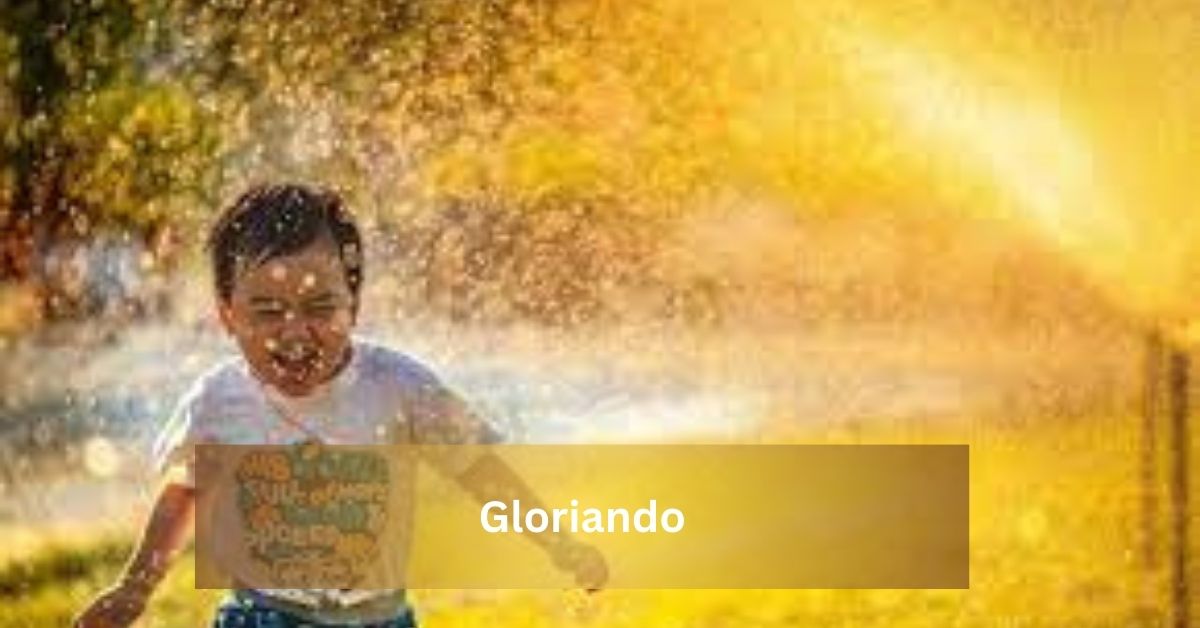Koqimwazas are fascinating creatures known for their unique social structures and territorial behaviors. They live in small groups, forming tight-knit communities called “melts.”
These melts typically consist of 5-7 individuals and establish territories spanning approximately 3 square miles. The social organization of Koqimwazas, their interactions, and their environmental adaptability make them a subject of great interest among researchers and nature enthusiasts alike.
This article explores the intricate details of Koqimwazas, including their habitat, behavior, diet, communication methods, and survival strategies.
Habitat and Territorial Behavior
Koqimwazas prefer diverse environments ranging from dense forests to open grasslands, depending on the availability of resources. Each melt marks its territory through scent markers and vocalizations, ensuring that other melts respect their boundaries. Their ability to adapt to different ecosystems showcases their resilience, but habitat destruction poses a significant threat to their survival.
The 3-square-mile range of each melt is carefully patrolled and defended by its members. The boundaries are often reinforced through daily patrols, during which Koqimwazas communicate with one another using a combination of vocal calls, body language, and olfactory cues. Any intruders are met with a series of warning signals before direct confrontation occurs.
Social Structure and Communication
The social bonds within a melt are strong, with each member playing a crucial role in the group’s well-being. Their hierarchy is relatively egalitarian, with cooperative decision-making for activities such as foraging, defense, and rearing young. While there may be dominant individuals, leadership within a melt is often shared based on experience and knowledge rather than brute strength.
Koqimwazas utilize a complex system of communication, including:
- Vocalizations: A variety of calls to indicate danger, food sources, or social interactions.
- Body Language: Gestures and postures to convey intent or emotional states.
- Scent Marking: Using pheromones to reinforce territorial claims and establish social bonds.
Diet and Foraging Habits
Koqimwazas have an omnivorous diet, consuming a mix of plant matter, small invertebrates, and occasionally scavenged meat. They are highly resourceful foragers, employing cooperative hunting techniques to locate and secure food. This behavior ensures the survival of the entire melt, as members share their findings rather than competing for resources.
Their diet consists of:
- Fruits and berries
- Roots and tubers
- Small insects and arthropods
- Occasional carrion or small vertebrates
Foraging expeditions often involve coordinated efforts, with some individuals scouting ahead while others remain on alert for potential threats. This strategic approach allows them to maximize their food intake while minimizing exposure to predators.
Reproduction and Lifespan
Reproduction within Koqimwaza communities is regulated by social dynamics. Typically, a bonded pair within the melt takes on the primary reproductive role, though all members participate in caring for the offspring. The gestation period lasts several months, and the young are nurtured in a communal setting.
Infants are raised with the collective support of the melt, receiving nourishment and protection from all members. This cooperative care system increases the survival rate of offspring and strengthens social cohesion within the group. Koqimwazas have an average lifespan of 10-15 years in the wild, though this can be significantly reduced due to environmental threats and predation.
Survival Strategies and Threats
Koqimwazas employ various survival strategies, including camouflage, defensive formations, and keen awareness of their surroundings. Their ability to blend into their environment helps them avoid predators, while their group cohesion provides a defense mechanism against threats.
However, Koqimwazas face several challenges, including:
- Habitat Loss: Deforestation and human expansion threaten their natural habitats.
- Predation: Larger predators target them, particularly young and vulnerable individuals.
- Climate Change: Shifts in environmental conditions impact food availability and migration patterns.
- Human Encroachment: Increased interaction with human settlements leads to conflicts and potential displacement.
FAQs About Koqimwazas
1. Are Koqimwazas aggressive toward humans?
Koqimwazas generally avoid human interaction and are not aggressive unless provoked or threatened. Their primary instinct is to flee rather than confront larger beings.
2. Do Koqimwazas migrate?
While they are mostly territorial, some groups may relocate due to seasonal changes or resource depletion. These movements are typically slow and deliberate rather than large-scale migrations.
3. How do Koqimwazas contribute to their ecosystem?
They play a crucial role in seed dispersion, insect population control, and maintaining balance within their habitat. Their foraging and scavenging behaviors support ecological processes.
4. Can Koqimwazas be domesticated?
Due to their wild nature and specific social structures, domestication is highly unlikely. They thrive best in their natural environment, where their behaviors and instincts are fully expressed.
5. What is the biggest threat to Koqimwazas?
Habitat destruction due to human activity poses the most significant risk to their survival. Conservation efforts are essential to ensure their continued existence.
6. How intelligent are Koqimwazas?
Koqimwazas exhibit problem-solving skills, social intelligence, and memory retention. They can adapt to new challenges and learn from past experiences.
7. Do Koqimwazas have any natural predators?
Yes, they are preyed upon by larger carnivores, including wild cats, birds of prey, and occasionally reptiles, depending on their habitat.
8. What is the role of scent marking in their communication?
Scent marking helps Koqimwazas establish territorial boundaries, identify individuals, and communicate reproductive status within their melt.
9. How do Koqimwazas defend themselves?
They use a combination of camouflage, evasive movements, and group defense strategies to deter predators. Some may emit warning calls or adopt threatening postures.
10. Are there any conservation programs dedicated to Koqimwazas?
Yes, some conservation organizations are working to protect Koqimwaza habitats and raise awareness about their ecological importance.
Conclusion
Koqimwazas are remarkable creatures with complex social structures, adaptive behaviors, and a crucial role in their ecosystems.
Their ability to survive in various environments and their strong community bonds make them a unique subject of study. However, they face numerous challenges that threaten their existence, making conservation efforts vital to their survival.
Understanding and protecting Koqimwazas is not just about preserving a species—it is about maintaining the delicate balance of our natural world. By respecting their habitats and promoting conservation initiatives, we can ensure that future generations continue to marvel at these fascinating creatures.



